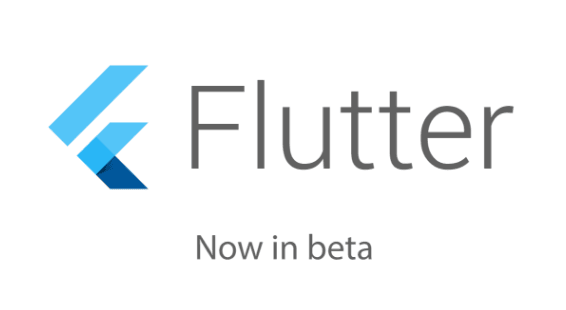Google launched the first beta release of the Flutter at the Mobile World Congress (MWC) 2018 on Tuesday. Flutter is Google’s open source toolkit to help developers build iOS and Android apps.
Flutter’s beta release can be seen as an attempt from the search giant to simplify UI development across platforms. Further, the launch can also be seen as a statement from Google that its platform is stable enough for use in the mainstream apps. Google’s Dart programming language is used for building Flutter apps.
“Flutter compiles to native ARM code. That’s great for really fast startup and predictable performance for users. It’s also native in that we reach back out to the native platform and let developers bring out the power of that platform. Flutter has also taken special care and design to deliver a UI that feels natural to users,” Google’s product manager for Flutter, Seth Ladd, told VentureBeat.
Separately, speaking to TechCrunch, Ladd said that the search giant chose the MWC for the announcement because it wanted to educate mobile developers about the progress that its new platform has made lately. After the launch of the alpha version in May 2017 at the company’s I/O developer conference, Flutter has been updated to support right-to-left text, gotten several accessibility features, support for the latest phones like the iPhone X, run Flutter code in the background and more.
Flutter’s team also added support for Visual Studio Code, widget inspector, and Android Studio. Despite these updates, Flutter’s support for hot reloads is the most attractive for developers. With the feature, any changes made to the source code is immediately reflected in the app. This hastens the development process and also lowers the need for prototyping tools, notes Ladd.
Further, Ladd notes that it’s a “stateful” hot reload, making it better than the web and a refresh cycle. “We keep the app running and the state of your app resident while you change the code through this hot reload. This means you can drill down into that third or fourth screen as you’re building up your app and paint that screen without tearing down the app for every change you make,” the executive said.
Unlike other competing frameworks, Flutter uses its rendering engine and GPU-accelerated graphics. This ensures consistency to what designers envision and what users experience. Further, developers using the platform are not required to write complete app in Flutter, which supports existing parts of an app. According to TechCrunch, several developers already using it only added Flutter-based screens to the existing apps.
According to the company, several developers have already used its new platform to build apps that have become immensely popular on Google Play and Apple App Store. Another evidence of its growing popularity is its expanding package library, which now has over 1000 packages. Further, it is gaining support from big package maintainers, including SQLite, Firebase, GraphQL.
Though there is no information on Flutter’s final release date, the search giant did inform that new betas will be rolled out every four weeks. The release, however, is not the priority for the company, which is currently focusing on stabilization and scenario completion.





